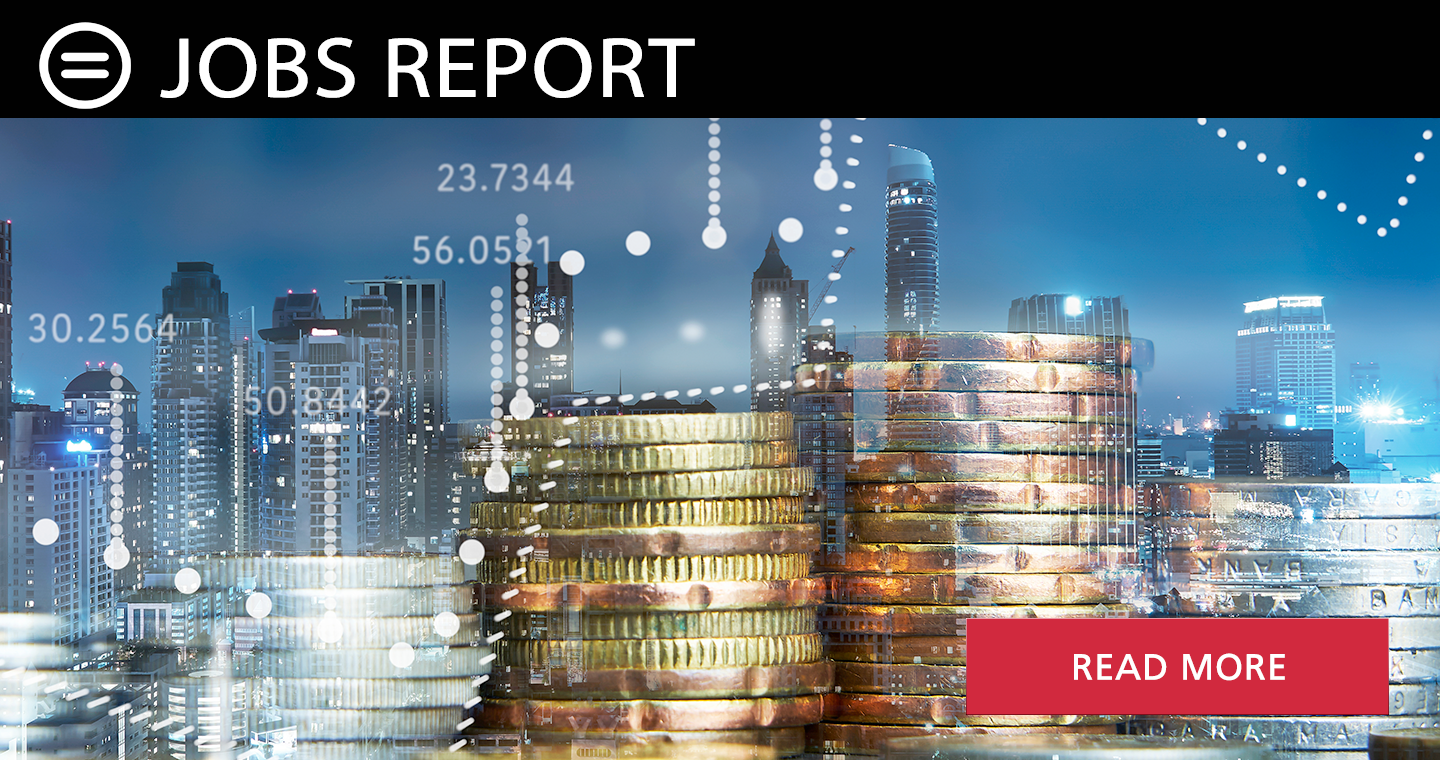September Jobs Report: Job Growth and Wage Gains Allay Fears of Recession But Inflation Remains High

September Jobs Report: Job Growth and Wage Gains Allay Fears of Recession But Inflation Remains Stubbornly High
Dr. Bernard E. Anderson
Whitney M Young, Jr. Professor Emeritus, The Wharton School, University of Pennsylvania
Senior Economic Advisor, National Urban League
The U.S. economy added 263,000 jobs in September, and the unemployment rate edged down to 3.5%, allaying fears that wage growth and interest rate hikes, intended to slow inflation, would trigger a recession.
Higher interest rates are intended to increase the cost of borrowing thereby reducing the money available to households to spend and businesses to invest. That is a fundamental principle of Keynesian economic theory which explains the dilemma the economy faces at this time. Inflation is primarily fueled by the money supply in conjunction with an imbalance of supply of goods and services. supply chain disruptions limit aggregate supply creating the phenomenon of “too many dollars chasing too few goods”.
Wage increases – hourly wages edged upward in September by 10 cents an hour to $34.46 - support consumer spending , exacerbating the dollars chasing the limited goods and services. Over the year, average wages grew 5.0 percent.
Notable employment gains occurred in leisure and hospitality and in health care. Modest employment growth occurred in most other major industries. The labor force participation rate was little changed at 62.3%, and the employment/population ratio was unchanged at 60.1 percent. The numbers show that labor markets remain tight across a wide range of industries.
Hurricane Ida had no discernible effect on employment or unemployment in September.
The demographic disparity in unemployment narrowed a bit in September. Employment grew and unemployment declined for both Black and white workers. As a result, the Black/White unemployment gap declined 0.13 points to 1.83.
Inflation remains stubbornly high despite some improvement in factors like supply chain disruptions that contribute to inflation. The rise in interest rates strengthened the dollar, lowered import prices and increased export prices. That reduced the trade deficit. But the decline in exports to the U, S. coupled with European central bank increases in interest rates contributes to the decline in global economic growth.
The question is how high interest rates must rise and how long they must stay there to bring inflation down to the 2% target rate. In his Woods Hole speech in July, and in news conferences following Federal Open Market Committee (FOMC) meetings, Fed Chairman Jerome Powell made it clear that the main goal is to reduce inflation in order to restore stable, balanced economic growth. There was no reference to a ‘soft landing” though hope springs eternal that high interest rates won’t spark a recession. The consensus projection among economists is that growth in 2023 is likely to be between 1 % and 2.5%.
The multiple economic challenges in the last two years -- Covid 19, elevated inflation, and tight labor markets -- generate the most serious difficulty confronting the Federal Reserve since the 2007 financial crisis. The task is to mitigate the challenges and get back on track implementing the dual mandate for price stability and maximum employment. In so doing, it is imperative to maintain the political independence of the Federal Reserve.

